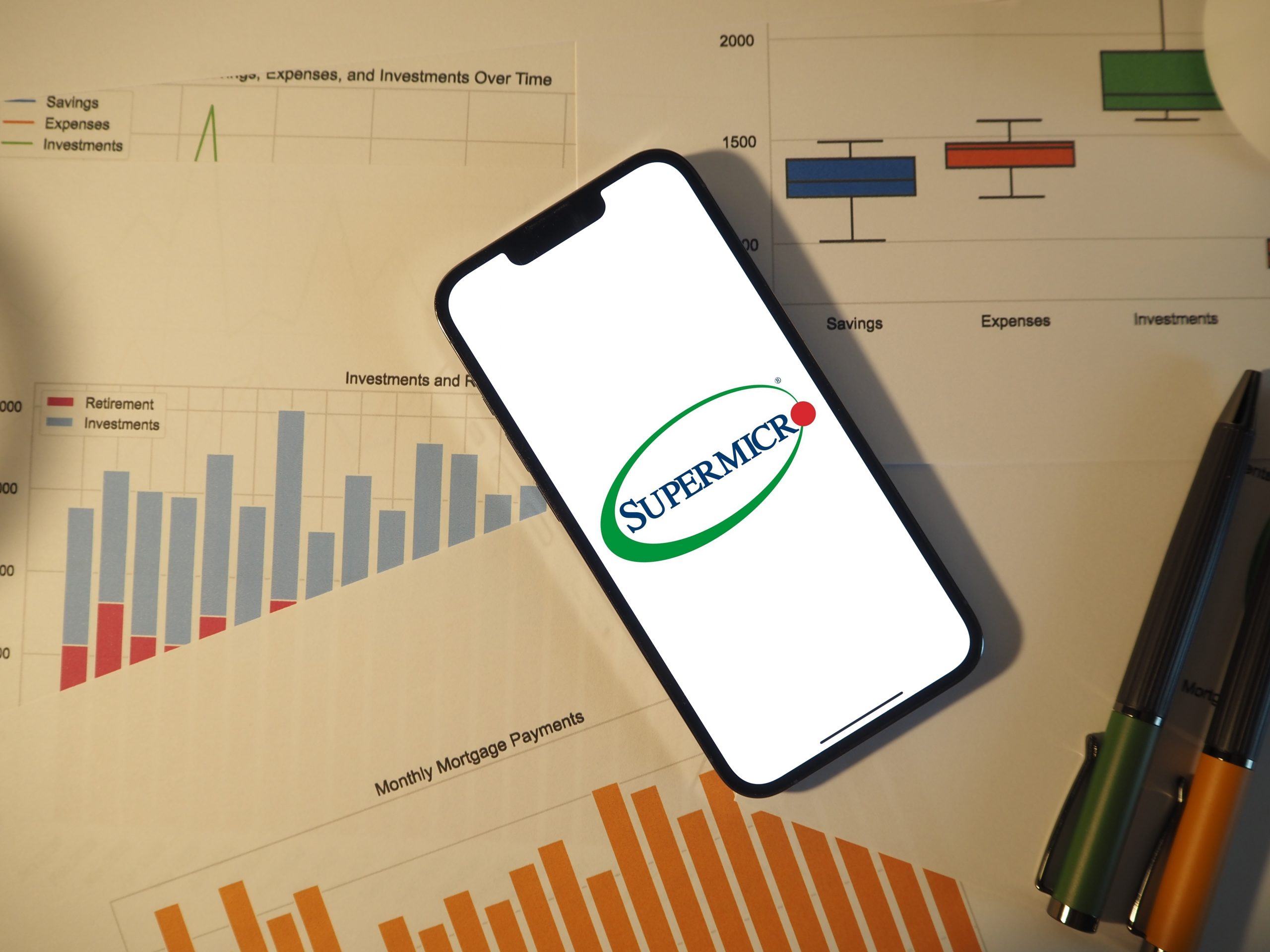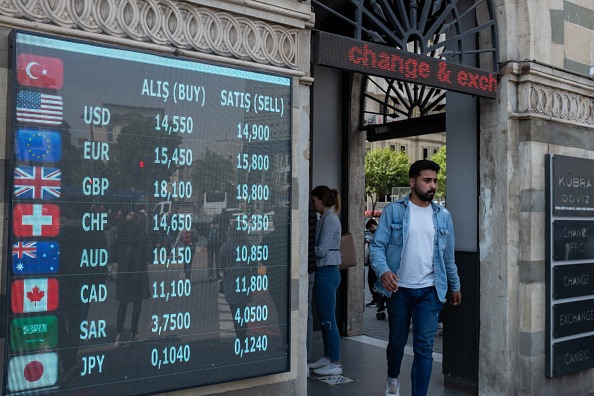3 Tips When Selling Options
When considering short options positions, market participants often weigh three important factors: Implied volatility rank, the CBOE Volatility Index (VIX), and undefined risk vs. defined risk

Stock market weakness has persisted for much of 2022, and with the major indices dipping back down toward 2022 lows, many market participants are likely considering short put positions.
A short put theoretically performs well when the underlying in question rallies, or at minimum trades sideways, during the life of the option. But short puts can be painful if the underlying continues to move lower, especially in the case of gap move down.
With short puts in vogue at this time, it’s worth reviewing some best practices that investors and traders can consider when selling options—particularly implied volatility rank, the CBOE Volatility Index (VIX) and undefined risk vs. defined risk.
Read on to learn more about these tips for selling options, or jump straight to the tastytrade video content highlighted below.
Implied Volatility Rank (IV Rank)
The great thing about options prices (aka implied volatility) is that they are historically mean-reverting. That means cheap options tend to get more valuable, whereas expensive options tend to depreciate in value.
The mean reverting nature of options prices is why many investors and traders choose to trade options in the first place.
Importantly, however, market participants need to leverage specific data to help track the current price of an option—to ascertain whether it’s cheap, expensive or fair at any given point in time.
One such metric is known as implied volatility rank, which may also be referred to as “IV Rank” or “IVR.” The purpose of implied volatility rank is to report how the current level of implied volatility in a given underlying stacks up against the previous 52 weeks of data.
For example, if hypothetical stock XYZ has had an implied volatility range between 30 and 60 over the past year, and implied volatility is currently trading at 45, XYZ would have an IV Rank of 50%.
If implied volatility were currently trading 60 in XYZ, then IV Rank would be 100%, indicating that implied volatility in XYZ was trading at a level equal to the richest observed in the last 52 weeks.
In the options marketplace, extreme levels of implied volatility are usually associated with two different risk environments—complacency and fear. During periods of complacency, implied volatility typically declines, depending on the degree of complacency. But when fear picks up, implied volatility usually follows, ticking higher.
Because implied volatility is historically observable, it’s possible to identify the mean level (or average) in implied volatility over a given period of time. The constant shift between complacency and fear in the marketplace illustrates how implied volatility is consistently tracking back toward its mean.
To learn more about using IV Rank when filtering for potential short options opportunities, check out this installment of Options Jive: How High IV Rank Helps on the tastytrade financial network.
Leveraging Elevated VIX
While IV Rank reports on the current status of implied volatility in a specific underlying, the CBOE Volatility Index (VIX) provides insight into volatility in the broader market.
The VIX is calculated using the implied volatility of options in the S&P 500. As prices in S&P 500 options increase, so does the VIX—and vice versa. As such, elevated levels in the VIX can be an indication that fear has taken hold in the market.
Historically, the range in VIX has been between about 9 and 83, with a median of 19. The fact that the median lies much closer to the lower boundary in the VIX indicates that it spends considerably more time trading below 40, rather than above it.
These days, the VIX is trading at roughly 27. Notably, the VIX has not traded above 40 since the Spring of 2020—during the onset of the COVID-19 pandemic. Over the last year, the VIX has ranged between roughly 15 and 35.
This data suggests that a 30+ reading in the VIX could be an important threshold for investors and traders to monitor in the current environment. During the last 12 months, every attempt by the VIX to rally above 35 has been quickly snuffed out.
The recent range in the VIX provides options traders with some important guide posts for trading options. For example, selling premium when the VIX drops down to 15 isn’t an advisable approach.
However, when the VIX spikes to 30 or above, this may represent a more attractive environment for selling options—depending on one’s market outlook and risk profile.
For more context on 2022 action in the VIX, check out this recent installment of Market Measures on the tastytrade financial network.
Know Your Risk: Undefined vs. Defined Risk
One key to selling options is understanding the risk profile of a given options approach or strategy. A naked short put, for example, has a much different risk profile than a bear put spread.
One of the biggest differentiators of a given position is whether the position/strategy represents defined risk or undefined risk. Generally speaking, defined risk trades have clear maximum profit and loss potential, whereas undefined risk trades can theoretically produce unlimited profit and loss.
It’s fairly easy to understand the difference between limited risk and unlimited risk. Market participants that aren’t comfortable with unlimited risk should therefore steer clear of positions and strategies involving undefined risk.
That said, it is relatively easy to transform an unlimited risk position into a limited risk position, and this is typically done using a wing.
The term wing, or wings, refers to the portion of a multi-leg position that is intended to help cap risk. Wings therefore often represent the difference between undefined risk positions and defined risk positions.
Looking at an example, a short strangle is a position that involves an undefined degree of risk. That’s because the maximum potential loss of a short strangle is theoretically unknown. Investors and traders can use wings to transform undefined risk positions into defined risk positions, and in the process remove the risk of unlimited losses.
In the case of a short strangle, an investor/trader could add a long strangle (further from at-the-money) to transform the short strangle into a defined risk position. In this usage, the long strangle is represented by two protective wings which serve to remove the risk of unlimited losses.
Of course, the addition of a wing will also affect the potential profitability of a given position. The graphic below highlights how the profiles of defined-risk and undefined-risk positions differ.
To learn more about defined/undefined risk in the options market, check out this episode of Today’s Assignment on the tastytrade financial network. For more insight into short options/volatility trading, review this previous installment of Options Jive.
For daily updates on everything moving the markets, check out TASTYTRADE LIVE—weekdays from 7 a.m. to 4 p.m. CDT.
Sage Anderson is a pseudonym. He’s an experienced trader of equity derivatives and has managed volatility-based portfolios as a former prop trading firm employee. He’s not an employee of Luckbox, tastytrade or any affiliated companies. Readers can direct questions about this blog or other trading-related subjects, to support@luckboxmagazine.com.



















